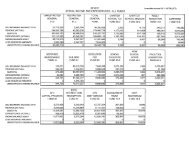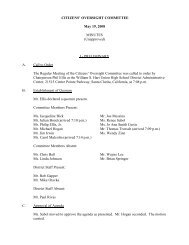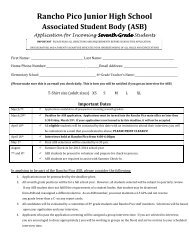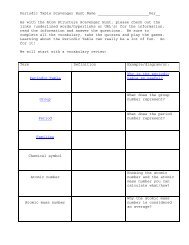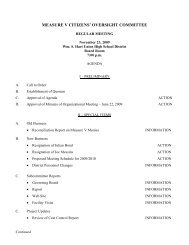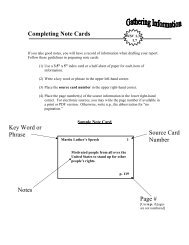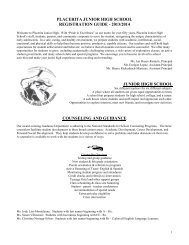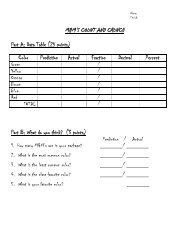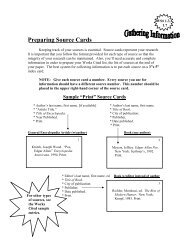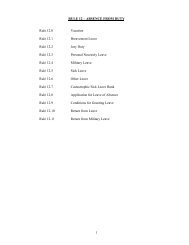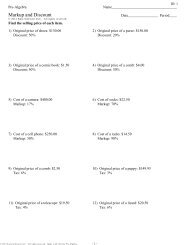Asthma, derived from the ancient Greek word for panting, is a chronic condition in which the airways temporarily become impeded, causing labored breathing, wheezing or coughing. During an asthma attack, the muscles tighten around the airways, constricting the free exchange of air. The lining of the airways becomes inflamed and swollen. Children’s airways are narrower than those of adults, thus irritation that would produce only a slight response in an adult can result in significant obstruction in the airways of a young child. Older people with asthma experience higher mortality rates from asthma than other age groups. Individuals with cardiovascular disease: Cardiovascular diseases include many ailments, such as hardening of the arteries, high blood pressure, angina pectoris, heart attacks and strokes. It is the leading cause of death in the United States, responsible for about 42% of all deaths each year. The vast majority of those deaths are in people over the age of 65. Studies have linked particulate pollution to increased heart attacks and symptoms in those with cardiovascular disease. The exact toxicological mechanisms are not well understood, but studies show that particulate matter causes respiratory symptoms, changes in lung function, alteration of mucociliary clearance and pulmonary inflammation that can lead to increased permeability of the lungs. This, in turn, can cause fluid to accumulate in the lungs. Mediators released during an inflammatory response could increase the risk of blood clot formation and strokes. Other studies have shown that the particles may trigger certain neurons in the respiratory tract, leading to effects on the nervous system. The elderly: Studies estimate that tens of thousands of elderly people die prematurely each year from exposure to particulate pollution. Part of that is due to the fact that the elderly are more likely to have pre-existing lung and heart diseases. In addition, the elderly seem to be more affected than other age groups because we lose important respiratory defense mechanisms as we age. Older individuals tend to have more difficulty clearing particles from their lungs. As a result, pollutants to irritate the lungs for longer periods of time and can cause more damage. In addition, particulate pollution can compromise the immune system, increasing the susceptibility to bacterial or viral respiratory infections. This can lead to an increase incidence of pneumonia and other complications among the elderly. Children: Children, even those without any preexisting conditions, are considered a sensitive population because their lungs are still developing, making them more susceptible to environmental threats than healthy adults. Several factors lead to increased exposure in children: compared to adults, they tend to spend more time outside; they engage in about three times the vigorous activity, and they breathe about 50% more air per pound of body weight. Studies have shown that particulate pollution is associated with increased respiratory symptoms and decreased lung function in children, including symptoms such as aggravated coughing and difficulty or pain in breathing. These can result in school absences and limitation in normal childhood activities. Smokers: People who smoke have already compromised their lung function. Exposure to high levels of particulate can exacerbate their condition, leading to chest pain, trouble breathing and other respiratory symptoms more quickly than in non-smokers. As a way to put smoking in context, in a 10’ by 13’ room with an 8’ ceiling, it takes only 10 minutes for the side stream smoke of 4 cigarettes to create 3 ambient levels of particulate in the hazardous ranges (644 ug/m ) 3 Characteristics of smoke The behavior of smoke depends on many factors, including the fire’s size, the fire’s location, the topography of the area and the weather. In mountainous terrain, where inversions are common, smoke often fills the valleys, where, incidentally, people usually live. Smoke levels can be very hard to predict: a wind that usually clears out a valley, may simply blow more smoke in, or may fan the fires causing a worse episode the next day. Smoke concentrations tend to change constantly. (By the time you issue a warning, the smoke may have cleared out.) National Weather Service satellite photos, weather and wind forecasts, and knowledge of the area can all help in predicting how much smoke will come into an area, but predictions are rarely accurate for more than a few hours out. The National Weather Service’s website has a lot of information, including satellite photos that are updated throughout the day. For the western United States, the web address is www.wrh.noaa.gov. Judging particulate levels in smoke Communities that have established air quality programs and alert systems traditionally base their advisements to the public on the 24 or 8 hour averages of particulate. However, it makes sense to approach smoke emergencies differently, for a couple of reasons. Smoke concentrations tend to be very high for a few hours, and then drop off dramatically. But, research has shown that the spikes may be what cause some of the most deleterious effects. In addition, the particulate from smoke is very small, and has more of an impact than PM 10 , which is what most emergency plans are based upon. Another factor is public perception. Since smoke is such a good scatterer of light, visibility changes drastically as smoke concentrations increase. Even without being told, the public can tell when the smoke is getting worse, and they want authorities to respond to those changes as they are happening, instead of when they have been going on for eight hours, or when they are over. 66
Many places don’t have real-time particulate monitors to help determine how thick the smoke is. (Real time monitors give an instant (and continuous) reading of particulate concentrations.) However, visibility can serve as a good surrogate. Even in areas with monitors, this index is useful, since smoke levels are ever-changing, giving the public a way to judge the smoke levels for them on a continual basis. Categories Visibility in Miles Particulate levels (averaged 1 hour, ug/m ) 3 Good 10 miles and up 0 - 40 Moderate 6 to 9 41 - 80 Unhealthy for Sensitive Groups 3 to 5 81 - 175 Unhealthy 1 1/2 to 2 1/2 176 - 300 Very Unhealthy 1 to 1 1/4 301 - 500 Hazardous 3/4 mile or less over 500 Procedure for Making Personal Observation to Determine Smoke Concentrations Face away from the sun Determine the limit of your visibility range by looking for targets at known distances (miles). Visible range is that point at which even the high contrast objects totally disappear After determining visibility in miles, use the chart to determine health effect and appropriate cautionary statement. At times, even the visibility index may be hard to use, especially if specific landmarks of known distance are not available for judging distances. In such cases, individuals may have to rely on common sense in assessing smoke conditions (e.g., mild, moderate, heavy smoke) and the kinds of protective actions that might be necessary. 67




